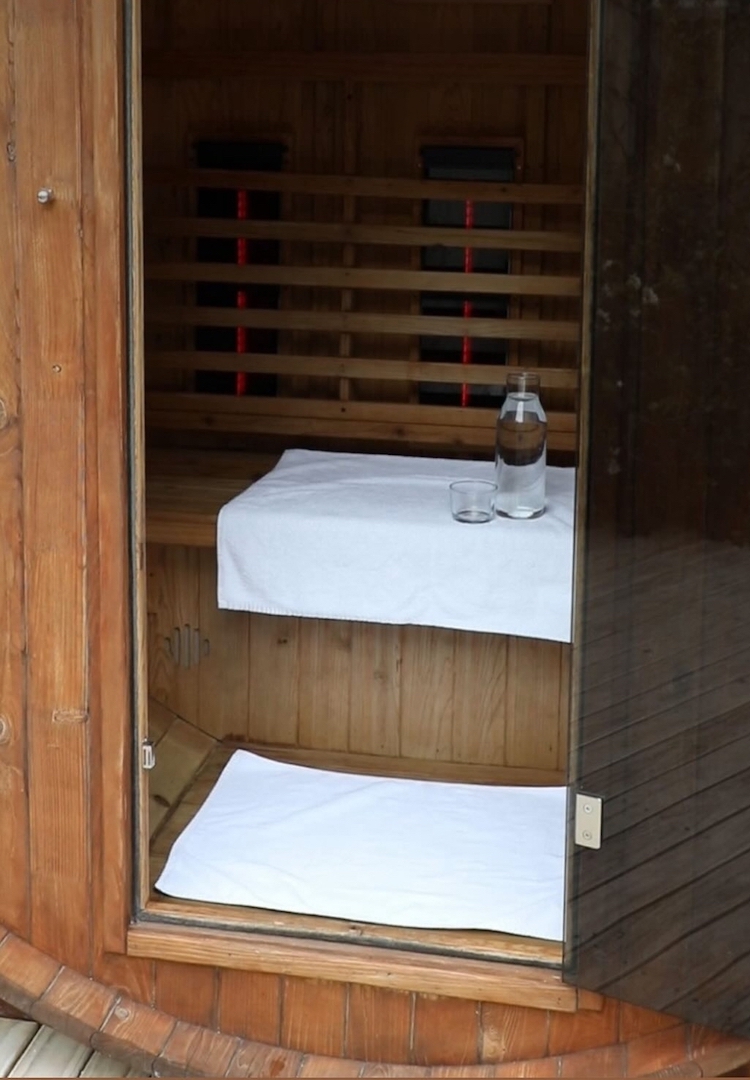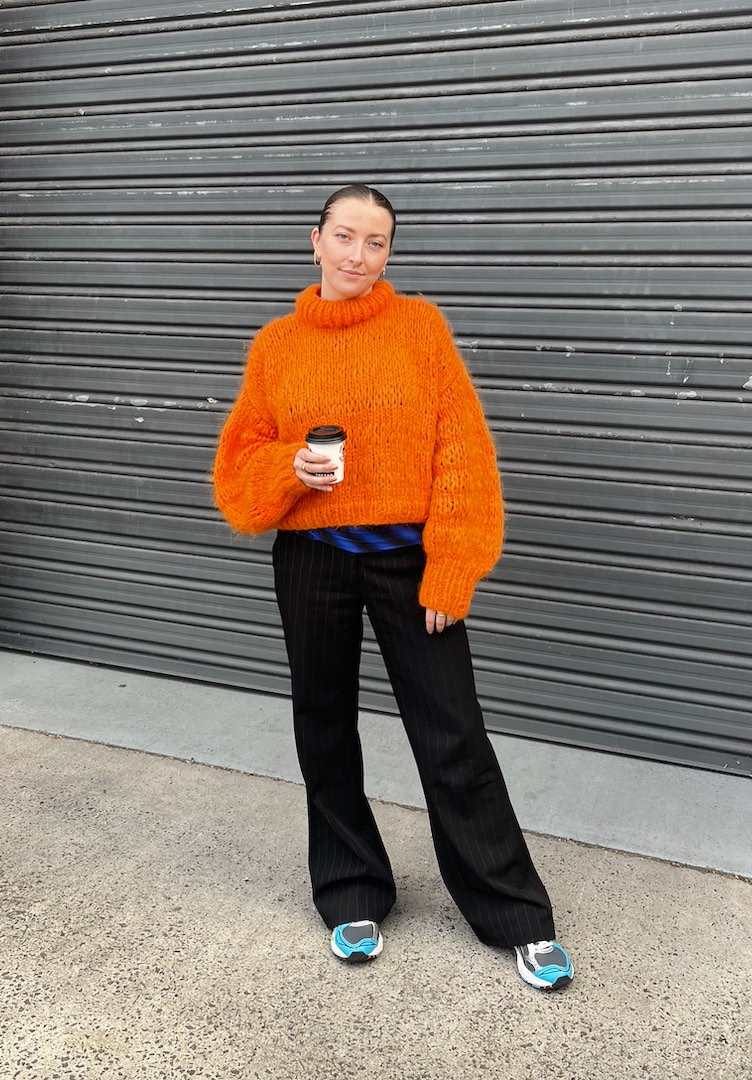How to self-soothe instead of outsourcing your emotions
WORDS BY DEANA STEPANIAN
“Practicing self-soothing activities can help you climb out of that dark well and work toward feeling better.”
I was that kid who held onto their dummy as a comfort for just a little bit too long. My mum said that in public, I’d shove my head in her bag to use it discreetly as my own cave when I was overwhelmed.
Now, the science behind why dummies calm babies down is that they work to lower their heart rate, blood pressure and stress levels. The time we outgrow them is usually the moment we begin to learn other ways to soothe ourselves.
Interested to hear how others navigate the world? Head to our Life section.
Therapy speak aside, if you weren’t taught how to manage your emotions as a child, you probably still struggle as an adult (makes sense, right?). Emotional outsourcing is a concept that essentially means putting the responsibility of how we feel on others.
For example, this might look like believing your roommate’s pile of dirty dishes is the reason you’re unhappy, or giving other people too much power to dictate how you feel in real time. According to an article in Prindle Post, “Emotional outsourcing [looks like] someone avoiding an emotional task by giving it to someone (or something) else.”
Outsourcing emotional regulation, though, is when we depend on things outside ourselves – our environment, families, and friends – to regulate our emotional states for us. In short, it’s a form of co-dependency that isn’t healthy for either party involved. So, how can those who emotionally outsource learn to self-soothe? And, what is self-soothing, anyway?
To self-soothe is to practice anything that helps you feel safe in your body. Traditional techniques tend to focus on solo activities, which range from breathwork to meditation or taking a long walk. As Dr Marney White wrote for Healthline, “Practicing self-soothing activities can help you climb out of that dark well and work toward feeling better.”
However, you can also utilise the help of your loved ones to keep you calm in times of distress. Co-regulation is where someone with a more regulated nervous system shares their relaxed state with someone else. By simply being in the presence of someone we find safe, we actually send signals to our nervous system, reminding us there’s no danger. Co-regulating can include taking a moment to breathe together, saying calming affirmations or having a literal heart-to-heart.
As Juliana Sabatello writes for HealthyPlace, “Being in the presence of another calm and compassionate person helps me calm myself by sending the message to my nervous system that there is no danger, allowing me to think rationally again rather than acting out of survival mode.”
In 2021, researchers conducted a study to identify whether self-soothing techniques could reduce cortisol responses to stress during the COVID-19 pandemic. With many of us feeling touch-deprived and lonely, the researchers wanted to find out if any other physical contact could help alleviate stress. So, participants were told to place one hand on their heart, and the other on their abdomen while breathing.
The researchers found that this technique was equally effective at reducing stress levels as receiving a hug from another person. While this shows how beneficial physical touch can be, it also shows that neither form is superior to the other. Soothing techniques aren’t limited to just the individual ‘self’, and there are ways to safely regulate your emotions with the consent of a person you trust.
As someone who frequently asks their partner for an awkwardly drawn-out hug to calm me down, there’s no shame in preferring or needing a little help along the way.
For more on self-soothing, head here.













